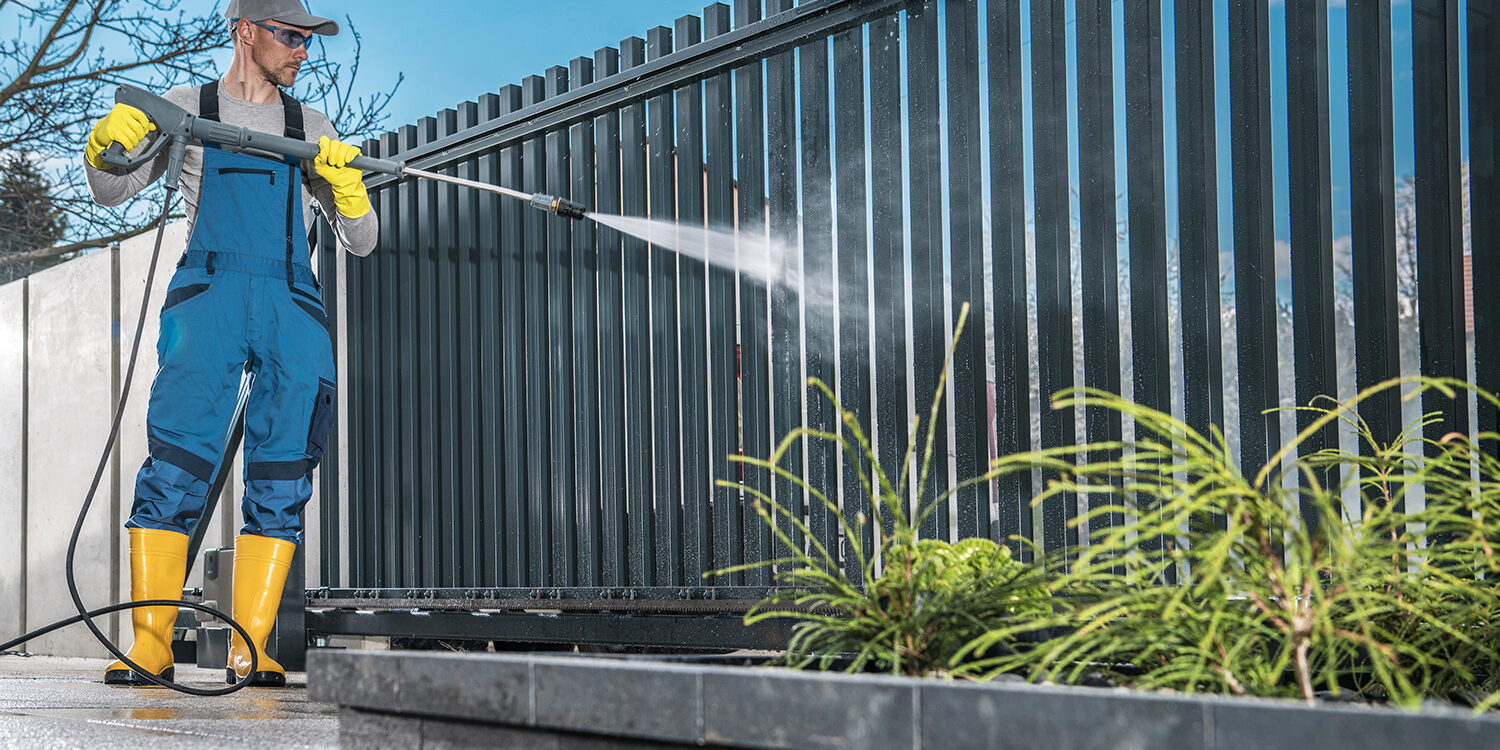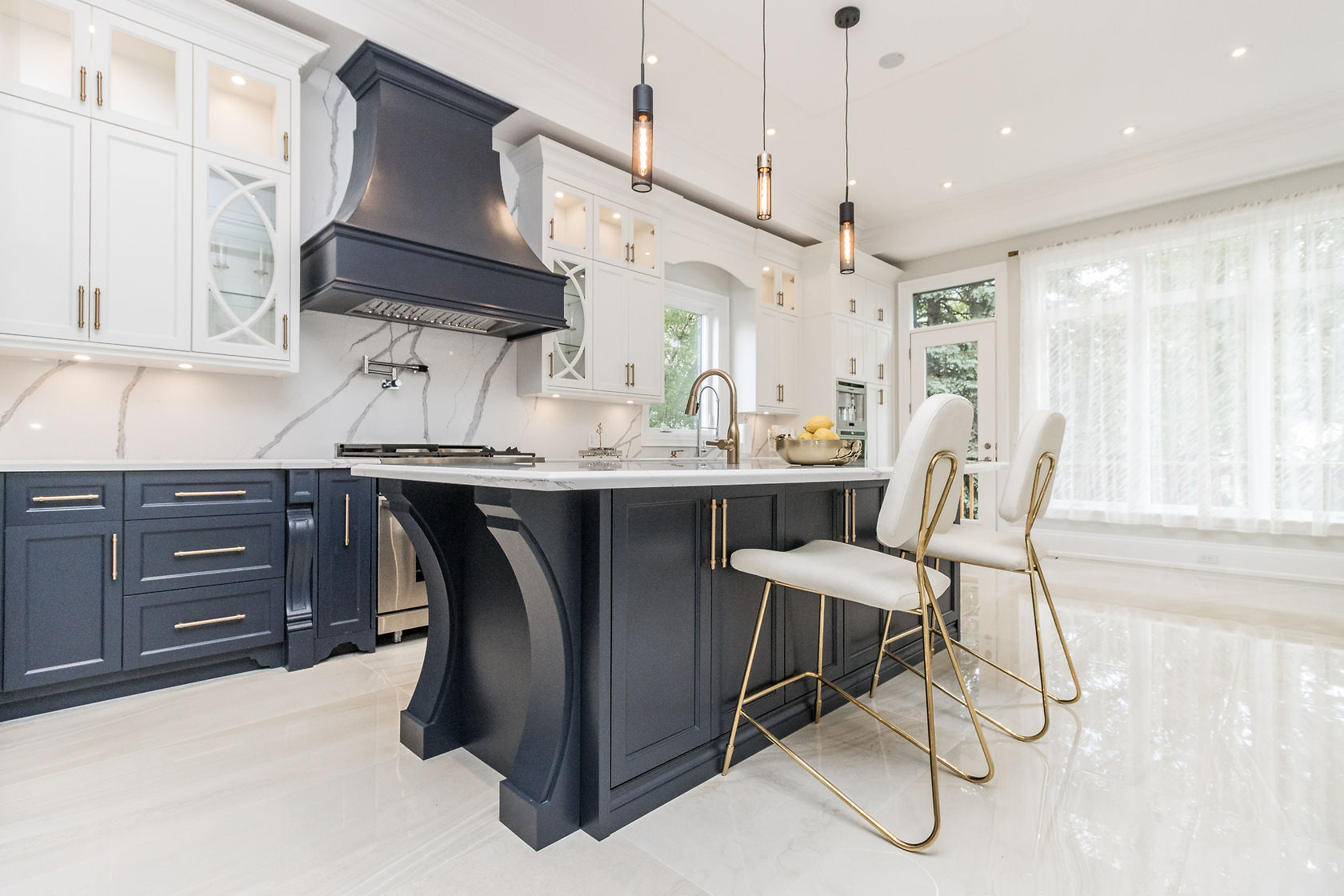Essentials for Your Florida Home’s Water Purity
Water is one of the most essential resources in our daily lives, and ensuring that the water in our homes is clean and free of contaminants is a growing concern for many homeowners.
Whole house water filters have become a popular solution in places like Florida to this problem, providing cleaner water at every tap. These systems connect to the home’s main water line, filtering out various contaminants before the water circulates throughout the house.
The result is a consistent quality of water for drinking, cooking, bathing, and other uses.
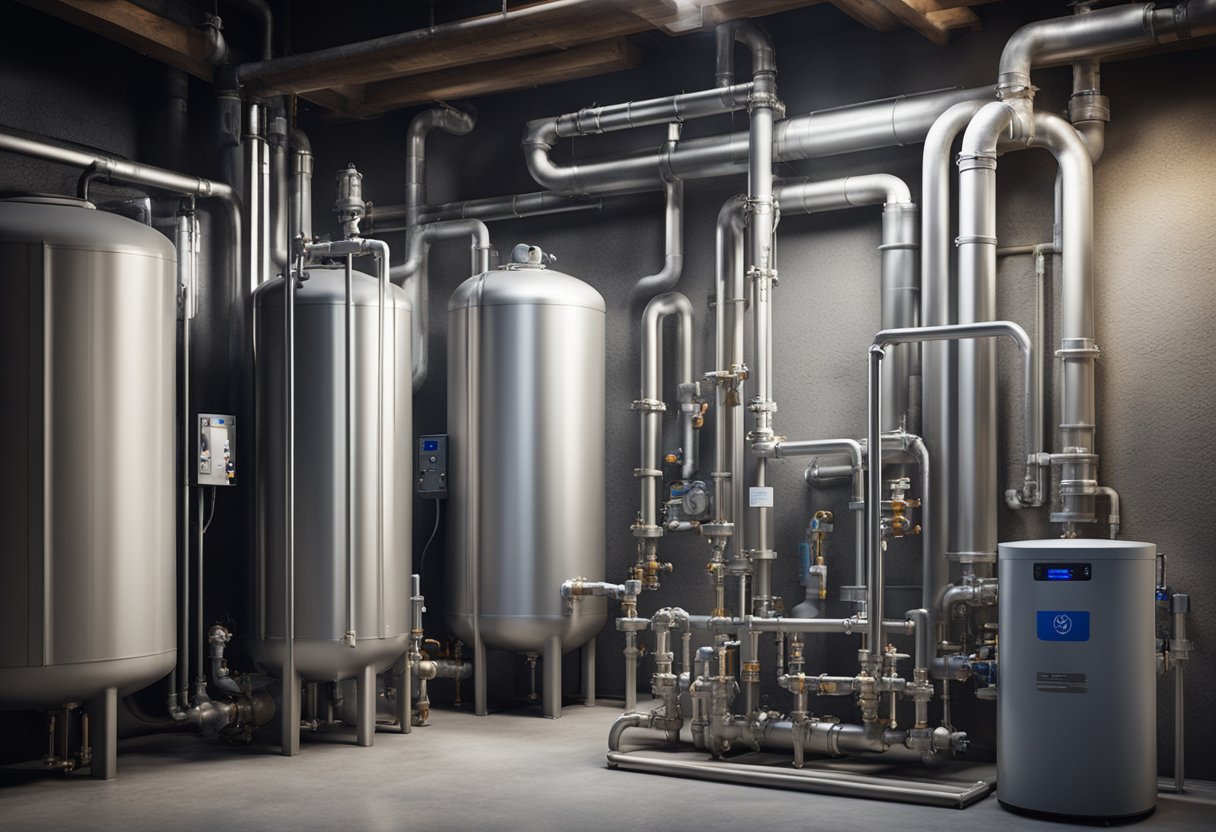
The effectiveness of a whole house water filter depends on its ability to remove the specific contaminants present in the water. Various filtration systems target different contaminants, including sediment, chlorine, heavy metals, and organic compounds. The goal is to achieve water quality that not only meets safety standards but also improves the taste, odor, and overall purity. In areas where water quality is of particular concern, such as parts of Florida with hard water or well water systems, the right filtration system can make a significant difference.
When considering a filtration system, it’s important to understand the specific water needs of your household. This includes the flow rate, which should be sufficient to meet your home’s water usage without significant drops in pressure. Additionally, the cost of maintenance and filter replacement should be factored into the overall value of the system. By addressing these key points, you can enhance the quality of water in your home, providing peace of mind and health benefits for everyone who lives there.
Fundamentals of Whole House Water Filters
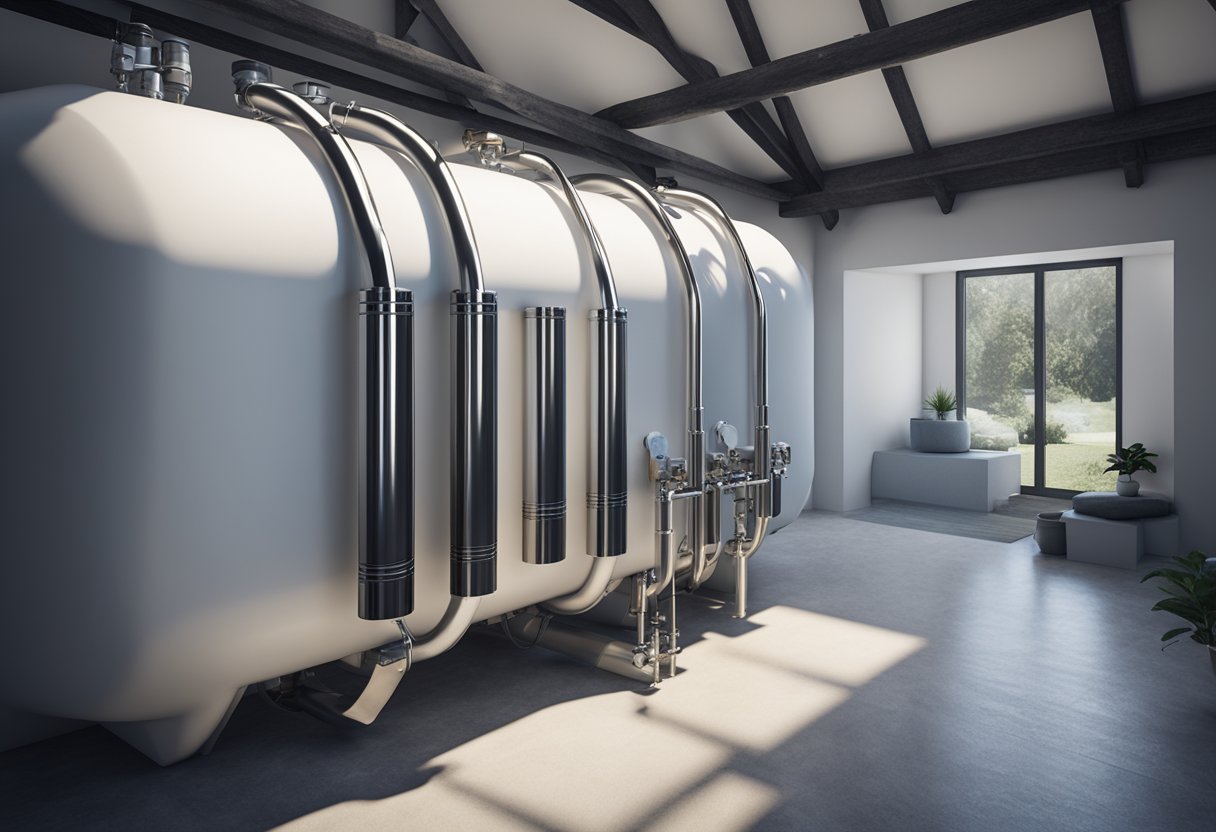
Ensuring the purity of water throughout a home requires understanding the basics of whole-house water filters, from the contaminants they tackle to the technology that powers them.
Understanding Water Contaminants
Water coming into my home may contain a variety of unwanted elements. I know that sediment, chlorine, lead, and bacteria can be key concerns. Some contaminants, like viruses, heavy metals, or chemicals such as VOCs, PFOA, and chloramine, may also be present. Each of these affects water quality in different ways, which means they must be filtered effectively to ensure safe usage throughout the house.
Key Components of Filtration Systems
A whole-house water filter typically comprises of several key components. The main elements include a sediment pre-filter, which traps particulates like dirt and rust, and carbon filters, such as activated carbon or carbon block, targeting chlorine and organic compounds. Kinetic Degradation Fluxion (KDF) filters might be used to manage heavy metals and scale, while specialized media can tackle contaminants like fluoride.
Types of Whole House Water Filters
There are multiple types of whole-house water filters available. The most common ones include systems based on carbon filtration, KDF, reverse osmosis, and ultraviolet (UV) filters. Each type targets specific contaminants: for instance, activated carbon is excellent for chlorine and VOCs, while UV filters neutralize bacteria and viruses.
Stages of Filtration
The filtration process can involve several stages. Initial sediment filters capture larger particles, followed by carbon block or GAC (Granular Activated Carbon) filters for smaller contaminants. Advanced systems might incorporate reverse osmosis or KDF filters for even finer purification. The number of stages in a system can vary, affecting its overall efficiency.
Standards and Certifications
When I evaluate a whole-house water filter, I check for standards and certifications from reputable organizations. Certifications from entities like the National Sanitation Foundation (NSF) assure me that the system meets specific performance and safety standards. NSF Standard 42 for chlorine removal or NSF Standard 53 for lead reduction are examples of such assurances.
Installation, Maintenance, and Capacity
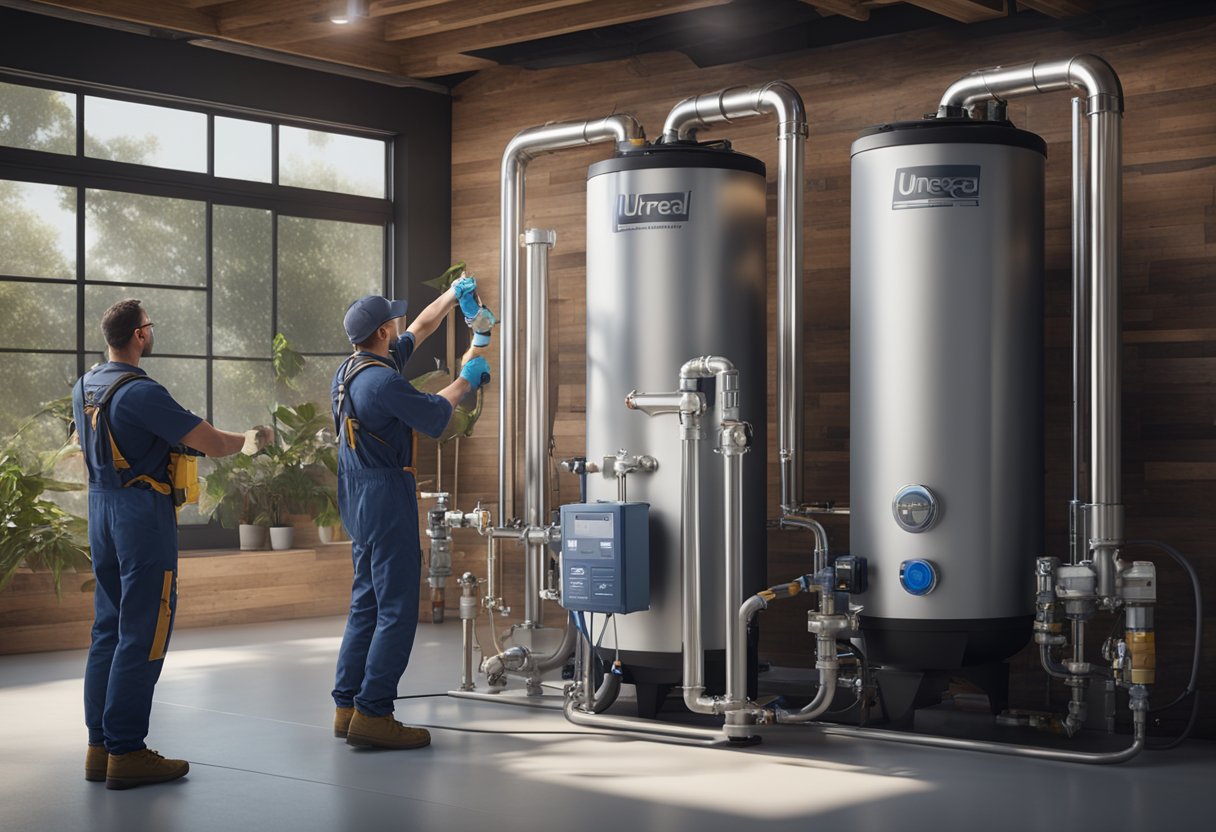
Installing, maintaining, and understanding the capacity of a whole house water filter are critical for ensuring longevity and optimal performance. It’s important that I navigate these processes with precision, following the specifications for proper water flow and pressure.
Installing Your Whole House Water Filter
When installing a whole house water filter, it is vital that I follow the manufacturer’s instructions or employ a professional plumber. The installation process usually requires shutting off the main water supply and draining the system. I need to cut into the main water line and install the filter onto the mounting bracket, being careful to place the filter so that water enters the “in” port and exits through the “out” port. Attention to detail is crucial to avoid leaks and to ensure a stable water flow rate through the filtration system.
Regular Maintenance and Filter Changes
Maintenance is an ongoing necessity. For most whole house water filters, I should replace the filter cartridges at the intervals recommended by the manufacturer, typically every 3-6 months, or after a certain number of gallons have been filtered. Ignoring maintenance can lead to reduced water quality and decreased water pressure. Checking the system periodically for leaks and monitoring changes in water pressure can help identify when maintenance is required.
Determining Filter Capacity and Flow Rate
Filter capacity is indicated by gallons per minute (gpm) and shows the maximum rate at which the filter can treat water while maintaining efficacy. A typical home often requires a flow rate between 15 to 40 gpm, but my specific requirements will depend on simultaneous water usage activities. For instance, if I have multiple bathrooms and frequently use several water fixtures at once, I would need a filter with a higher flow rate to maintain optimal water pressure. The capacity, often defined by the number of gallons the filter can process before needing a replacement, will also influence how often I must perform filter changes.
Selecting the Right Whole House Water Filter
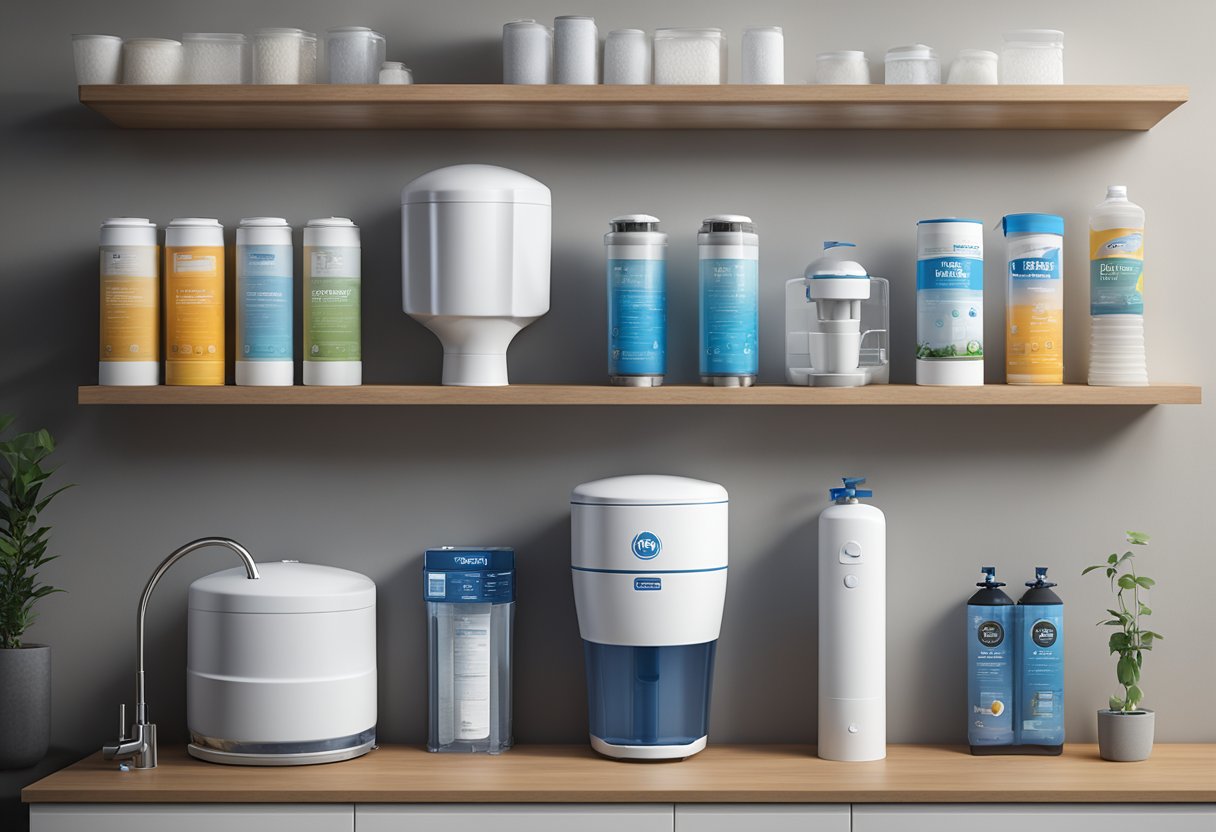
When choosing a whole house water filter, I consider the water source’s characteristics and filter efficiency to ensure removal of specific contaminants. The chosen system should provide a balance between cost and performance to suit my needs.
Assessing Water Source and Quality
I start by testing my water to determine the presence of impurities like hardness, iron, manganese, sediment, chlorine, and bacteria. Understanding whether I’m dealing with well water or city water is crucial. In Florida, for instance, high levels of hardness and sediment can be common, affecting water filter choice.
Comparing Filter Brands and Models
Next, I compare reputable brands and their models. For well water, which often contains higher amounts of sediment, the SpringWell CF might be a suitable option. If I’m concerned about chemicals like chlorine, models like the 3M Aqua-Pure would be effective. Comparing the customer service, warranties, and replacement parts availability of brands like GE, Aquasana, and others is also an integral part of my decision-making process.
Understanding Cost and Value
Finally, the overall value is not just about the initial price tag but also includes long-term costs like maintenance and filter replacement. I look for systems offering the best balance between affordability and functionality. A system with a higher upfront cost but lower long-term expenses due to durability and less frequent filter changes might be more economical in the long run.
Advanced Considerations and Enhancements
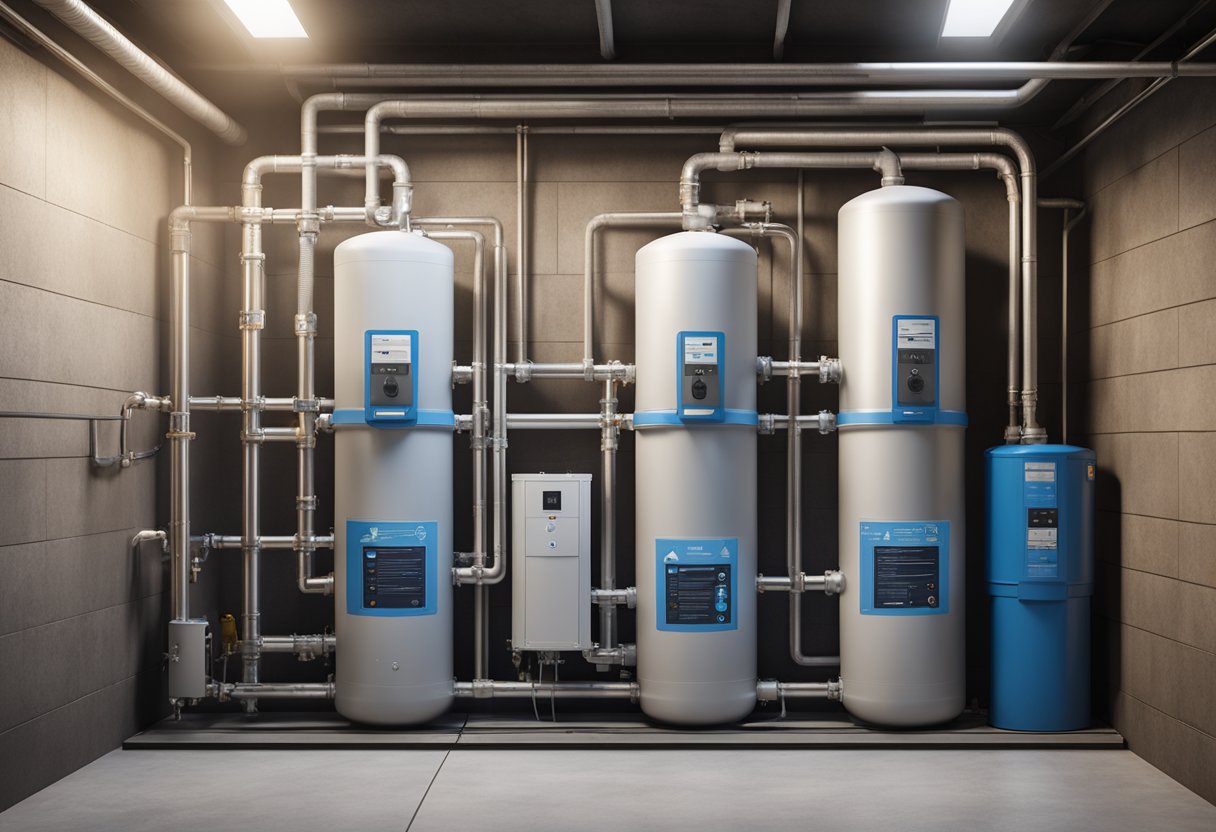
When considering a whole house water filter, it’s important to acknowledge that water quality issues can be complex, involving a variety of contaminants. Some homes may require advanced filtration methods to address specific impurities in the water.
Specialized Filters for Unique Contaminants
For contaminants like fluoride, lead, iron, and manganese that are more resistant to standard filtration techniques, I recommend looking into specialized filters. These filters are tailored to remove specific impurities effectively. For example, iron and manganese can be targeted with a copper-zinc filter, while chloramines frequently found in municipal water benefit from advanced carbon filtration systems.
Combining Systems for Comprehensive Filtration
To achieve the highest level of water purification, combining multiple filtration systems can be effective. For instance, marrying a carbon filtration unit with a reverse osmosis system and a UV filter can lead to robust defense against a range of impurities including sediment, chemicals, and microorganisms. Here’s how such a combination can be structured:
- Sediment filter: Removes physical particles such as dirt and rust.
- Carbon filter: Reduces organic compounds, pesticides, herbicides, and certain heavy metals.
- Reverse osmosis: Addresses dissolved inorganic compounds like fluoride and mercury.
- UV filtration: Eliminates bacteria and viruses.
Environmental Impact and Sustainability
The sustainability of a whole house water filtration system is a significant consideration. Systems like water softeners and reverse osmosis can produce wastewater, but advancements in technology are reducing their environmental footprint. When it’s practical, I look for systems with features such as low waste production and recycling capabilities, ensuring that my home’s filtration approach is as environmentally friendly as possible. It’s also essential to select a system with a long lifespan to minimize the frequency of replacement and reduce waste.
Frequently Asked Questions
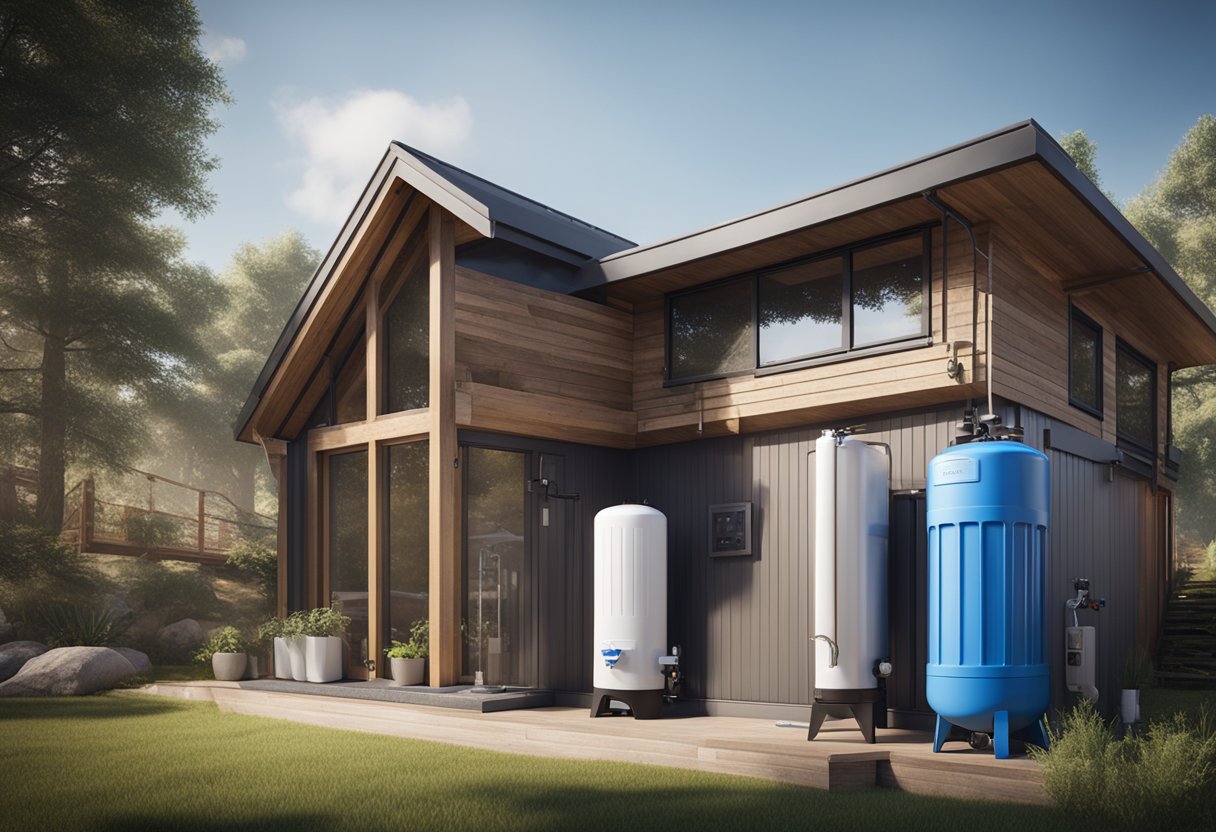
When considering whole home water filters, many homeowners have questions about the benefits, costs, and maintenance of such systems. I’ll address some of the frequently asked questions to provide clarity on this topic.
What are the top-rated whole house water filtration systems according to consumer reports?
The 10 Best Whole House Water Filter Systems of 2024 include highly-rated models such as the 3M Aqua-Pure AP900 and the Aquasana Rhino Well Water with UV, which are acclaimed for their performance and reliability.
How often should a whole house water filter be replaced?
Most filters require replacement every 6 to 12 months; however, this can vary based on the water quality and usage. Certain high-quality models may have longer-lasting filters that could be effective for up to 3 years.
Is investing in whole house water filtration a cost-effective solution for safe drinking water?
Installing a whole house water filter can lead to significant long-term savings by reducing the dependency on bottled water and decreasing wear on plumbing due to contaminants, hence making it a cost-effective choice for ensuring safe drinking water throughout the home.
What are the potential drawbacks of installing a whole house water filter?
Potential drawbacks may include the initial cost of installation and the need for ongoing maintenance. Additionally, improper installation or choosing the wrong system for specific water problems in the home can lead to unsatisfactory filtering performance.
What is the average cost for installing a whole house water filtration system?
The cost for a whole house water filter can range from $300 to $2,500, depending on the filtration technology, water flow rate, and additional services such as maintenance and installation.
Can all tap water in the home be safely consumed after installing a whole house filter?
While a whole house filter is designed to remove contaminants from water, it may not necessarily eliminate all pollutants, especially those that require specialized treatment. It is important to select the right system to address specific water concerns to ensure that all tap water in the home is safe for consumption.
